Want To Increase the Quantity and Quality of Your Forage? Here’s What You Can Control in Your Regenerative Grazing Program.
Grazing animals have always been an essential driver of natural processes on Great Plains landscapes. Your grazing program determines whether your livestock contribute positively to your ranch ecosystem, or harm it.
Both outcomes have been observable across the world throughout human history and continue today. The amount and quality of forage you grow is directly dependent on your management decisions, as is the effectiveness with which your livestock harvest it.
Drought is likely to be with us for the foreseeable future. High input prices are likely to continue long term. But there are things producers can control. In my job at the Oklahoma Conservation Commission, I’ve seen how grazing management choices can make a drastic difference in the productivity of the land, the need for inputs and the health of the cow herd.
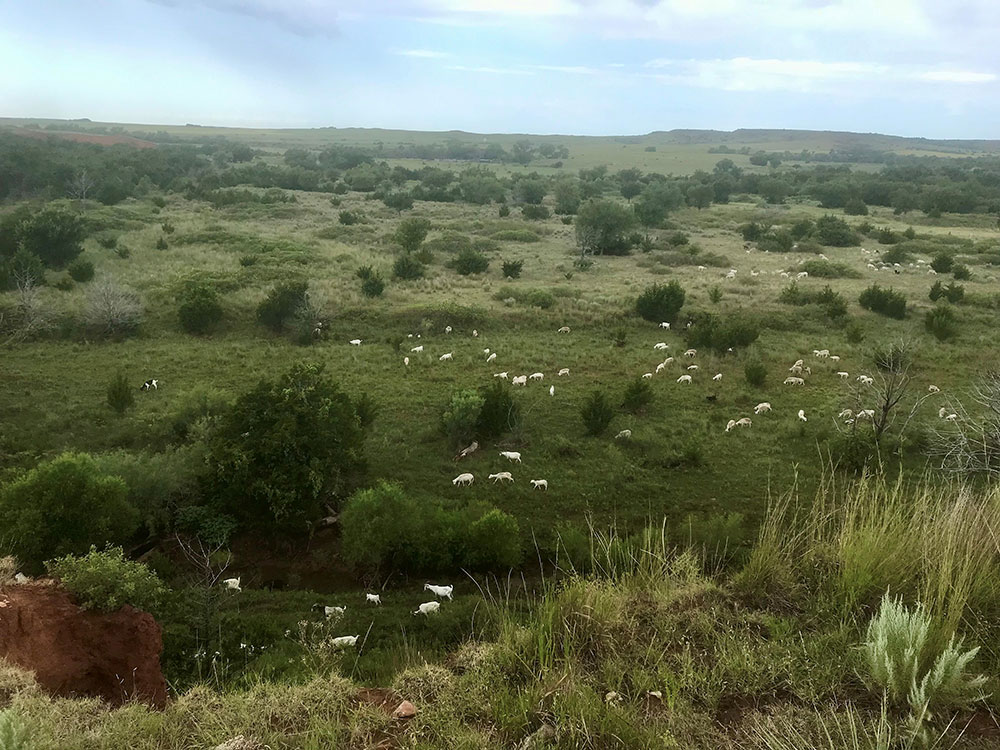
Continuous grazing hurts your bottom line
Set stocking, or continuous grazing, can cost producers up to two-thirds of their potential profits, according to range scientist Lee Manske at North Dakota State University. The reason is set-stocking management leads to overgrazing at least part of the pasture. Overgrazing is defined as leaving any number of animals in any place too long, allowing them to re-graze new growth before plants have fully recovered from the first bite.
Overgrazing is not simply having too many head on too little land, though that certainly contributes to the problem. On small acreages, it is common for whole pastures to look like putting greens. Even with 30 or more inches of rainfall annually, plant growth becomes badly stunted by constant grazing pressure. This overstocked and overgrazed situation runs up feed bills quickly when forage supplies run out.
When left to their own devices, cows are creatures of habit that would rather loaf in the same spots daily and repeatedly eat tender regrowth than use all forage plants equally. Even just one cow turned out on a big pasture for months will overgraze her favorite plants and leave others untouched. Research by Richard Teague at Texas A&M University shows that cattle on large parcels (hundreds or thousands of acres) spent most of their time on 9% of the allotted acreage. The herd never set foot on 61% of the pasture.
Leaving livestock in one place long term requires more acreage for each head, leading to chronic understocking and irregular grazing. Such management has and still does play a significant role in the desertification of the western half of the United States. Low-rainfall grasslands like the those of the Great Plains need infrequent, rotating episodes of high impact from grazing ruminant herds. Nutrient cycles, water dynamics and the populations of all living organisms suffer in areas where grazing, manure deposits and trampling of old plant matter don’t happen.
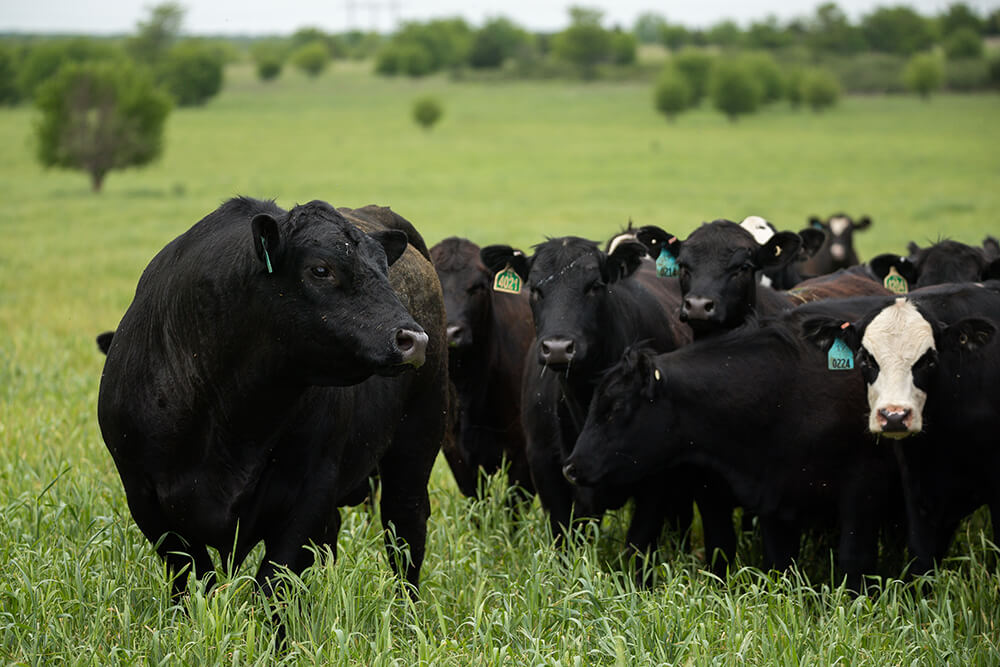
1. How to increase your forage yield
High-density, frequent-rotation grazing methods benefit all grazing lands, regardless of rainfall, location and parcel size — as long as the carrying capacity and recovery periods are appropriate. The aboveground height of forage plants generally mirrors their root depth. Using rotational grazing to exclude animals from spots they have grazed until those plants have fully recovered allows for the development of strong root systems, increasing forage yield and drought resilience.
Moving animals to the next paddock before they have removed a majority of the groundcover greatly improves the ranch water cycle. Rain is captured where it falls, instead of running off impermeable bare soil. A covered, shaded soil surface resists evaporation. Oklahoma Conservation Commission soil scientist (and retired Natural Resources Conservation Service state soil scientist) Greg Scott says in the heat of the summer, bare ground can reach temperatures as high as 140 degrees. At this temperature, precious soil microbiology necessary for nutrient cycling and plant health dies. Water can be drawn up and evaporated from as deep as 4 feet below the surface. Therefore, deep roots and covered soil can greatly lessen the impact of drought on your forage supply.
Increasing the grazing density of your herd will ensure that every plant in the paddock is stimulated to grow again, either by being bitten off or walked on. To maximize forage yield of your grazing land in the growing season, bring the herd back to each paddock as soon as the forage has finished recovering from the previous graze, but no sooner. Graze off only the high-energy tips of the plants, leaving the rest for the dormant season. Spend the dormant season rationing out the stockpiled growth, with supplement if needed.
Use both cool- and warm-season species to ensure that your land grows income-producing forage all year. Annuals can be interseeded into perennial stands in opposite seasons, a practice called pasture cropping. Instead of leaving crop ground fallow in off-seasons, plant cover crops in the fields and graze them.

2. How to increase forage quality
Forage quality goes far beyond protein and digestibility numbers on a test report. High-quality forage has Brix (a measure of sugars and dissolved solids) readings of 10% or higher. Understanding Ag created a chart that correlates forage Brix values to the average daily gain you can expect for your grazing livestock.
High-quality forage contains abundant phytochemicals (secondary metabolites) like terpenes, phenolics, tannins and more. These secondary compounds provide micronutrients and medicinal compounds to livestock. Fred Provenza of Utah State University explains in his book Nourishment how animals learn to individually choose their own best diets when given a diverse range of plants or feedstuffs to choose from. A new paper he co-authored shows that phytochemical diversity in livestock diets correlates to improved nutrient density in the products we consume from them.
None of this is possible without a large and vigorous community of soil life. All manner of bacteria, fungi, protozoa, nematodes, insects and wildlife are needed for proper cycling of nutrients. These organisms break down dead organic materials to release nutrients, transport important compounds between plants, synthesize what plants cannot, and convert nutrients to plant-available forms. A diverse stand of grasses, forbs and legumes are necessary to support this wide array of life.
The air we breathe is 78% nitrogen, but biological mechanisms are necessary to capture and make use of it. Protecting forages from overgrazing will allow nitrogen-fixing legumes to thrive, because they are highly preferred by livestock and therefore over-grazed easily under set stocking. Healthy soils contain free-living bacteria that fix nitrogen as well.
Livestock under a high-density, frequent-rotation grazing program provide fertility to plants and microbes through excrement; trampling old plant material on the ground for decay; and shedding saliva, hair and other secretions. When their movement across all areas of a pasture is controlled in a planned rotation, they spread their free inputs uniformly.
Animal diet quality is affected not only by nutrient density of the grass, but also by length of the graze period. Livestock always eat the best forage first. The longer they stay in one spot, the more they must eat of lower-quality forage that really should just be trampled for microbe food. Hence the need to move them more frequently. Think of the feeding program at feedlots: cattle are given more feed multiple times per day. The feed wagon doesn’t dump a month’s worth of ration in the bunk. Animal performance would be terrible. Frequent moves may also stimulate livestock to eat more than they would otherwise, increasing gain.
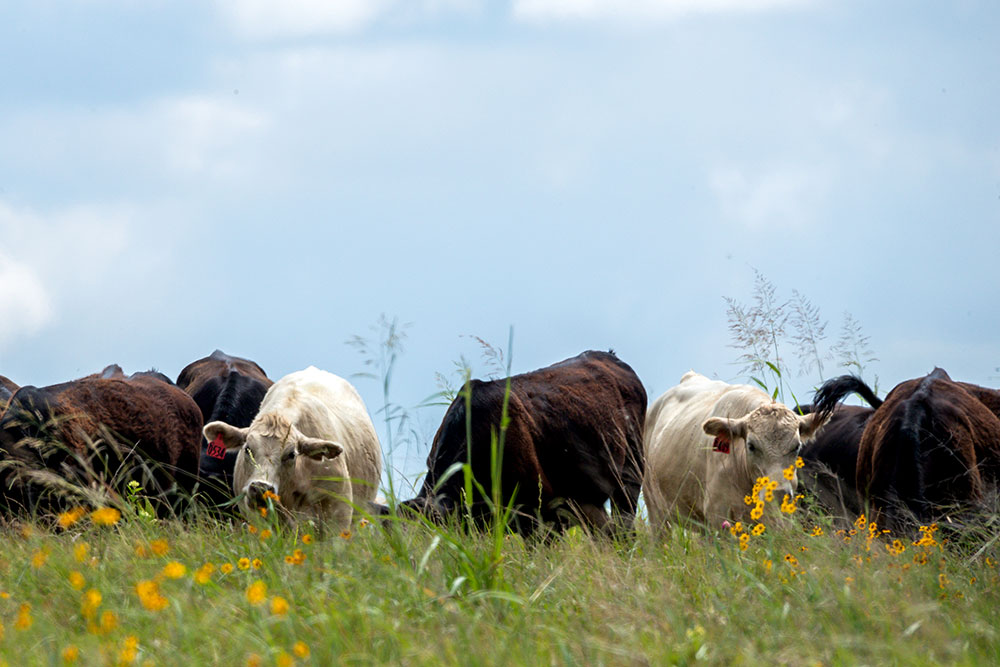
3. How to increase forage utilization on your ranch
Under a set-stocking program, livestock only eat 30-40% of the forage available over the course of a year. The remainder is either used by other organisms or becomes residue that is either adds to soil cover and then contributes to the nutrient cycle or remains standing (oxidizing its nutrients).
Unfortunately, in most set-stocking systems most of the ungrazed plant material does not contribute much to the nutrient cycle. In other industries, a business making a return on only 30-40% (to 50%-60% if considering total contributions to the ecosystem) of the raw materials they purchase would be considered in crisis. Farmers and ranchers pay rent or mortgage on every acre, so they should be “selling” as much of that grass through animals as possible, and effectively reinvesting the byproducts back into the operation.
Jim Gerrish’s work from the University of Missouri Forage Systems Research Center says with multiple herd moves per week, livestock will eat 70-80% of the forage grown in a year. On ranches with a lot of undergrazed areas (or forage plants), that could mean being able to perhaps double the size of their herd without paying for any more land. Granted, there still remains the need to recycle nutrients from plant residues while maintaining adequate plant residual grazed heights for optimal growth and soil cover at all times.
Grazing management infrastructure and equipment has costs, of course, but there’s almost never a situation in which choosing an appropriate method of stock control (electric fencing, virtual fencing, herding/placing or instinctive migratory grazing) doesn’t pay for itself many times over.
* Some of the photos in this article were provided by the author and used with their permission.
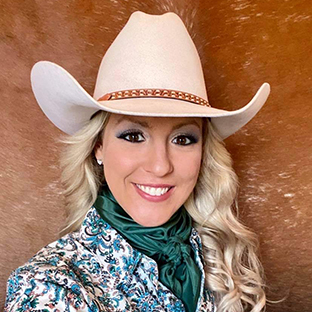
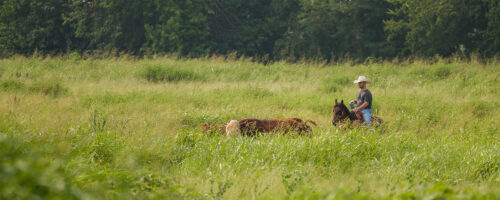
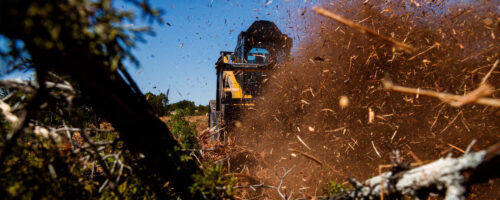
Comment